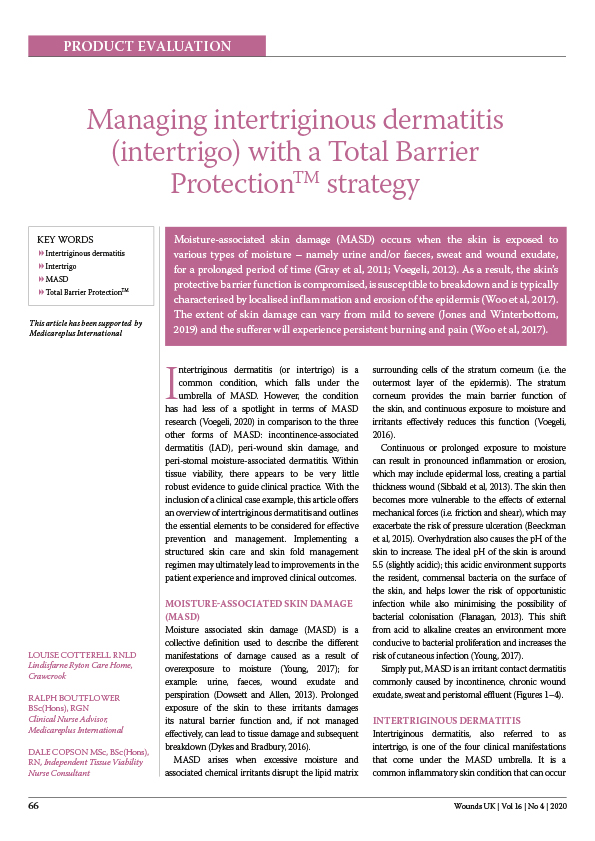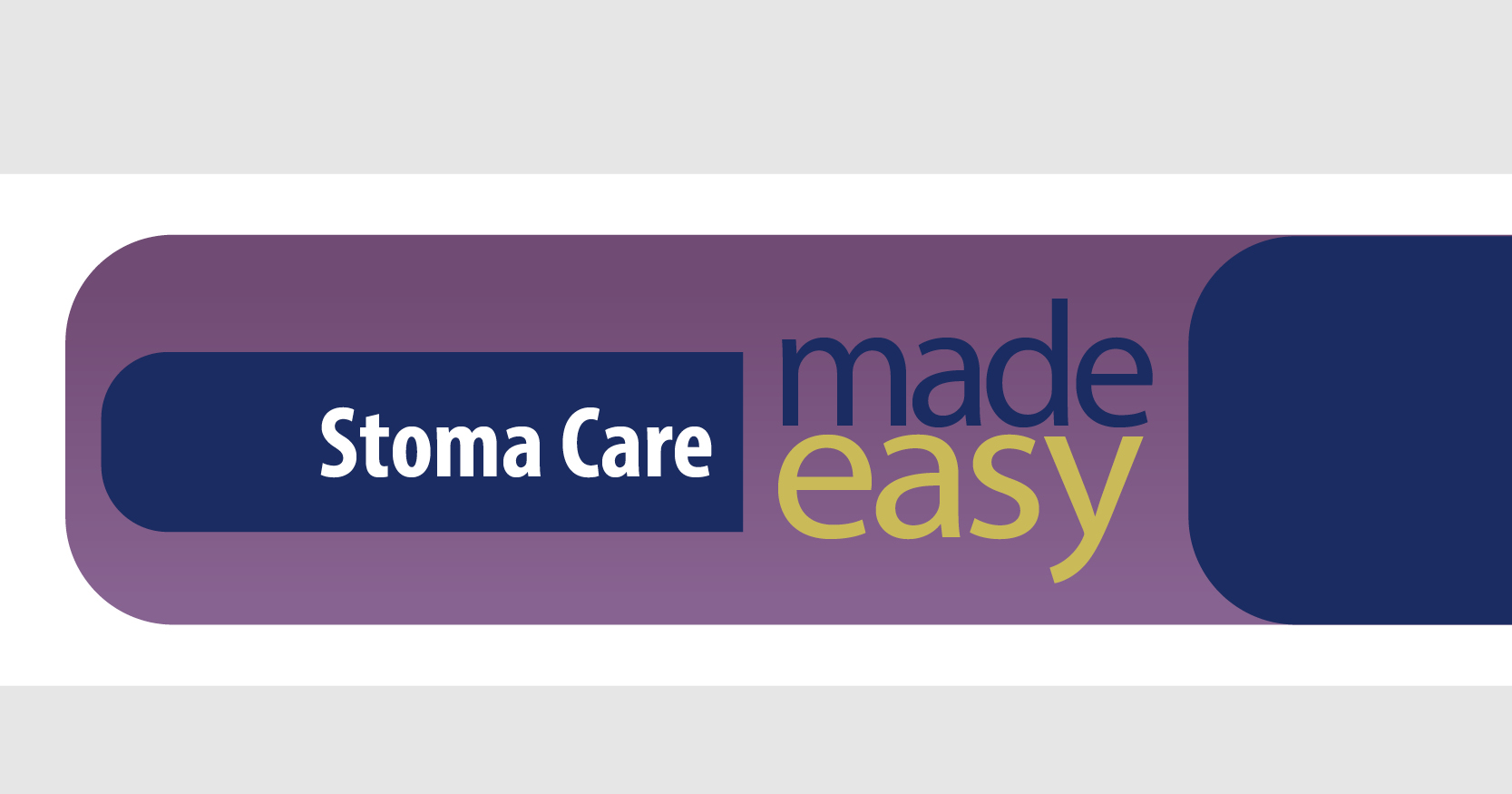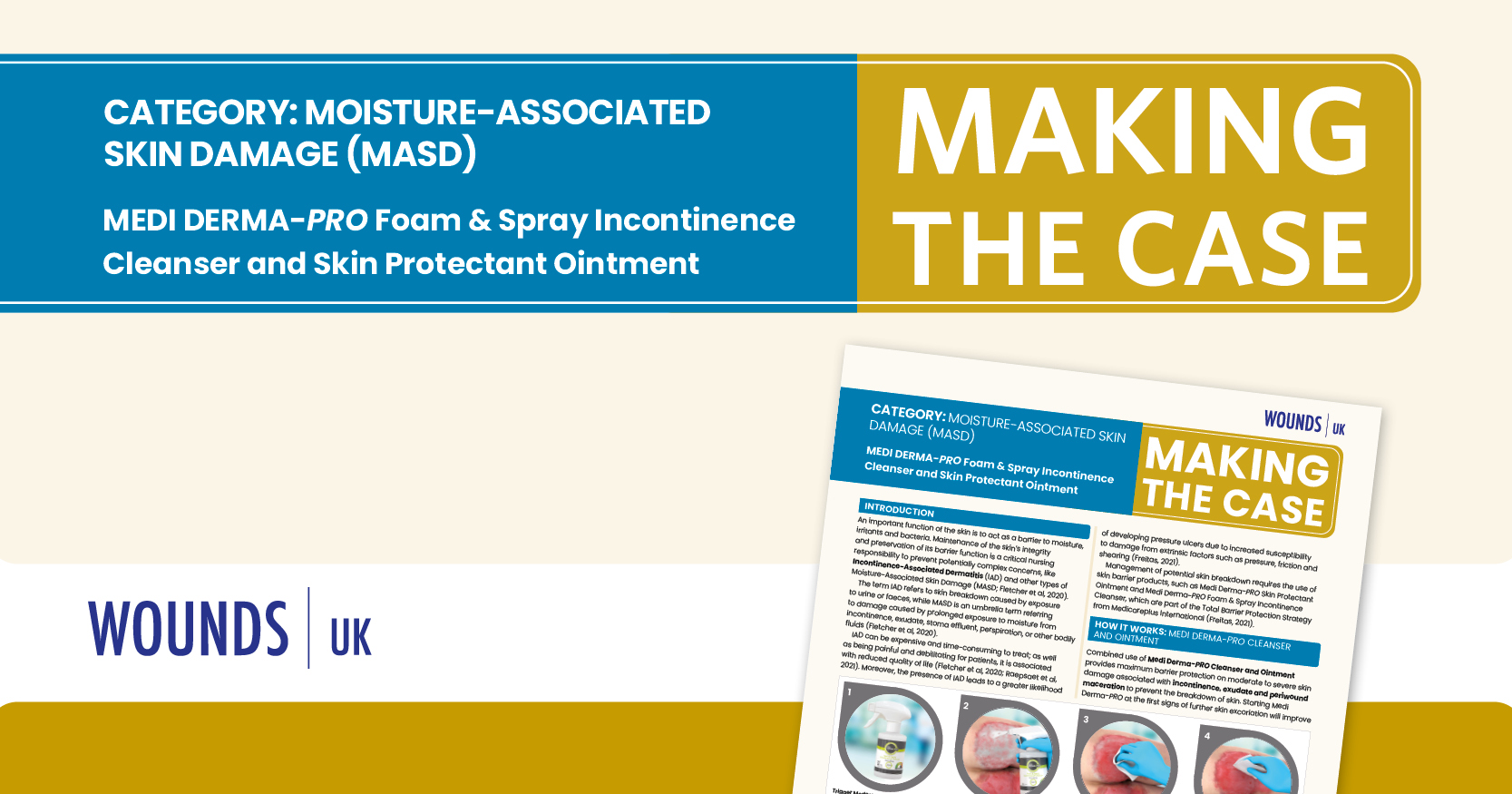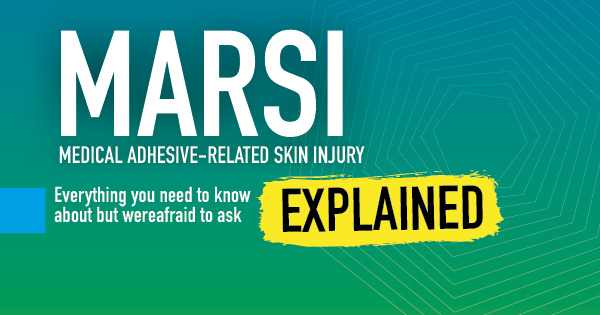Moisture-associated skin damage (MASD) occurs when the skin is exposed to various types of moisture – namely urine and/or faeces, sweat and wound exudate, for a prolonged period of time (Gray et al, 2011; Voegeli, 2012). As a result, the skin’s protective barrier function is compromised, is susceptible to breakdown and is typically characterised by localised inflammation and erosion of the epidermis (Woo et al, 2017). The extent of skin damage can vary from mild to severe (Jones and Winterbottom, 2019) and the sufferer will experience persistent burning and pain (Woo et al, 2017).







